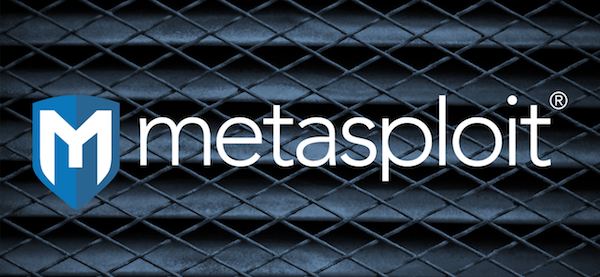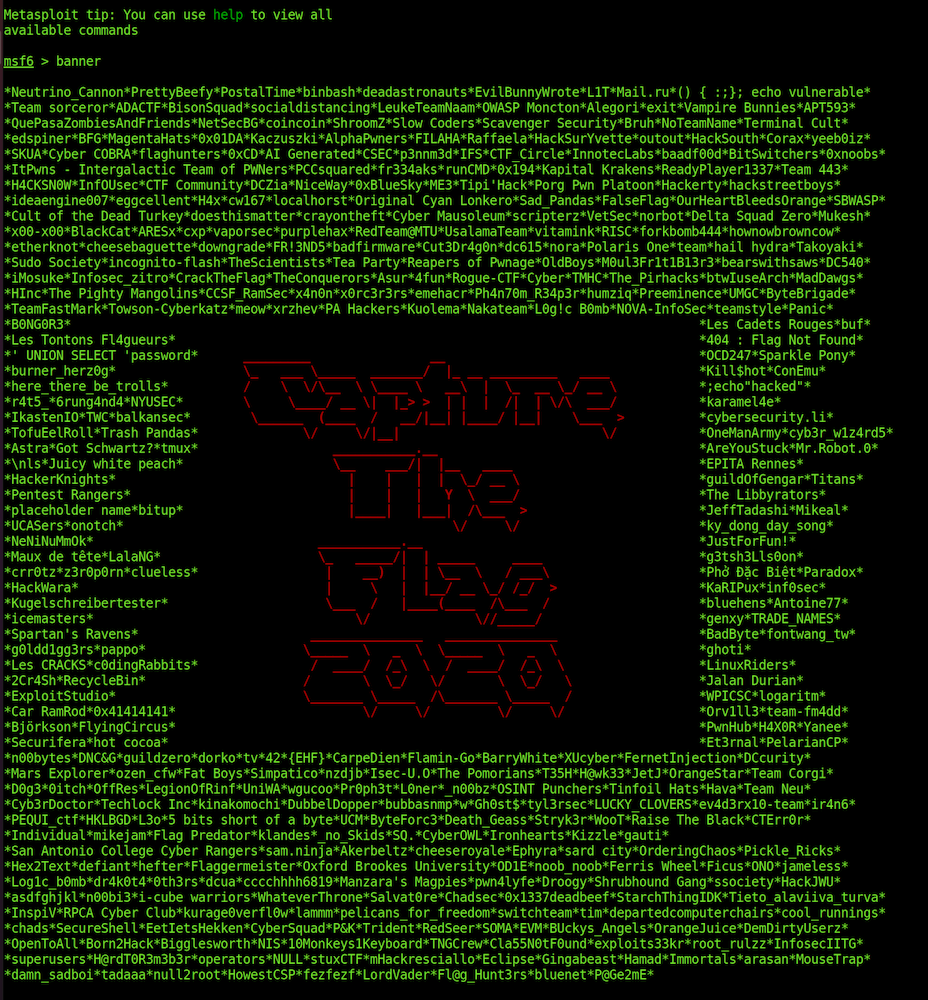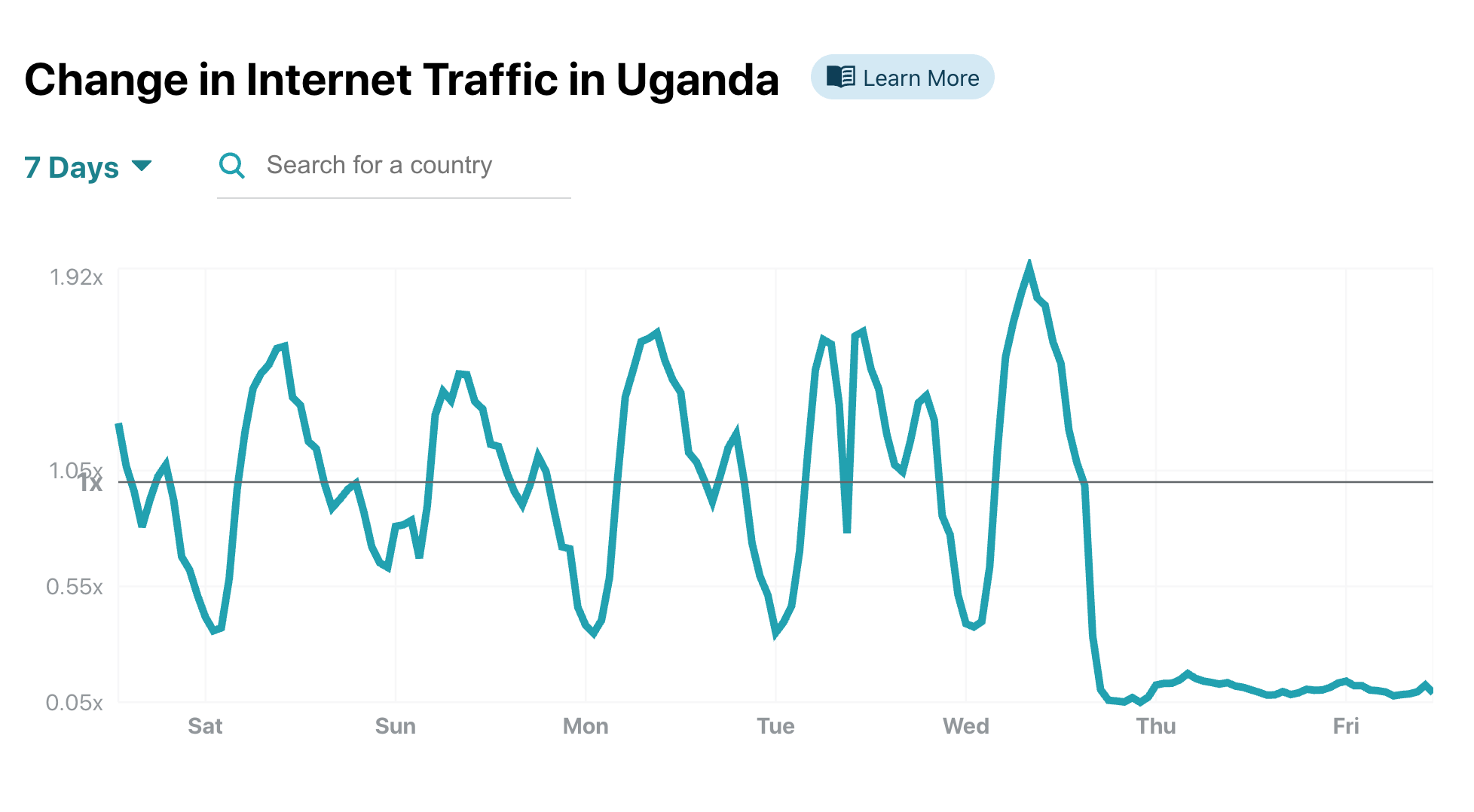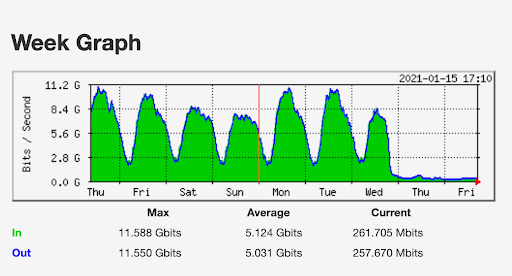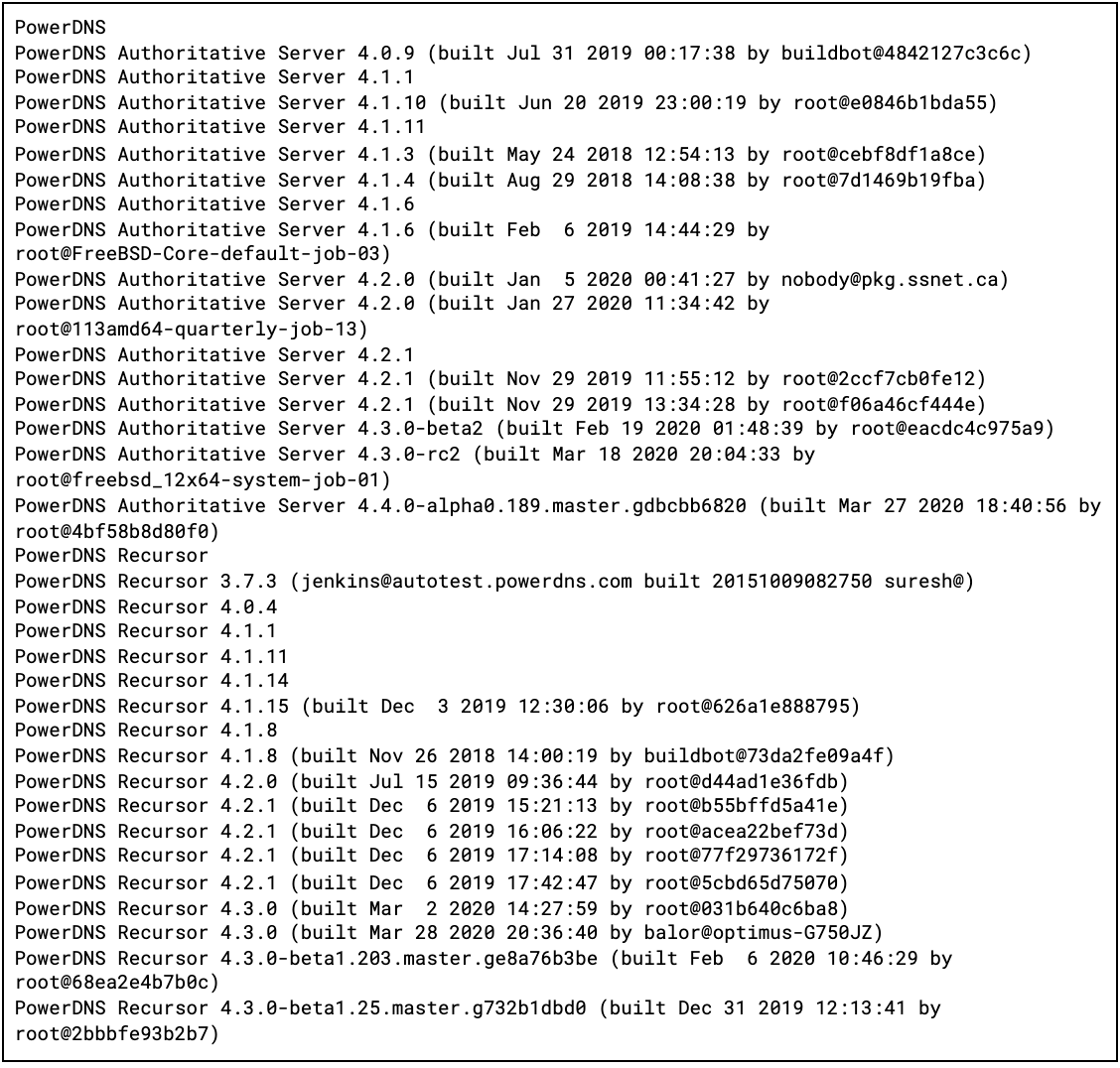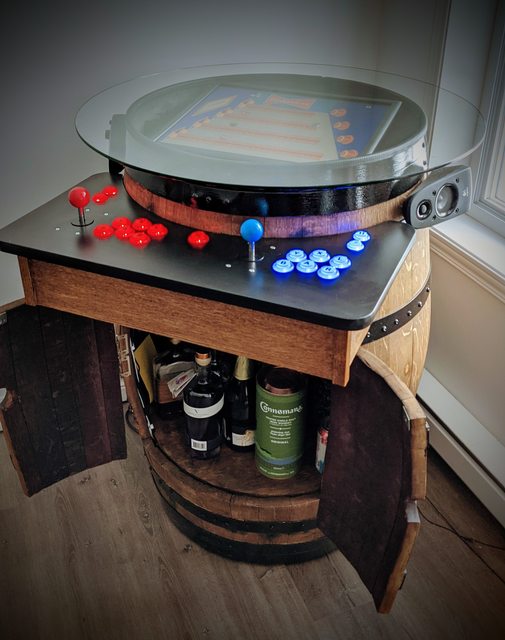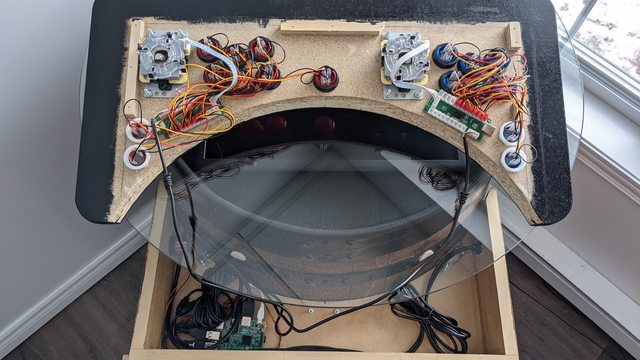Post Syndicated from Марин Бодаков original https://toest.bg/selja-ahava-interview/
Финландската писателка Селя Ахава (р. 1974) има вече два публикувани романа на български – „Неща, които падат от небето“ (с Награда за литература на Европейския съюз за 2016 г.) и „Преди да изчезне мъжът ми“. И двата са преведени от фински от Росица Цветанова за издателство „Колибри“.
Фокус на този разговор е втората творба. В „Преди да изчезне мъжът ми“ една жена чува от съпруга си: „Винаги съм искал да бъда жена.“ По какво героинята е сходна с Колумб, който тръгва към Западните Индии, а открива нов континент – Америка, който, прочее, ще наименуват на друг… И по какво двамата се различават.
Повод за срещата на Марин Бодаков със Селя Ахава беше участието ѝ в Софийския международен литературен фестивал 2020.
 Какво значи да си мъж? Какво значи да си жена? Това са въпросите, които си задавах с Вашата книга. Но Вас искам да Ви попитам какво означава да си човек? Каква е човешката есенция? Какво остава завинаги общото между мъжа и жената, между съпруга и съпругата във Вашата история?
Какво значи да си мъж? Какво значи да си жена? Това са въпросите, които си задавах с Вашата книга. Но Вас искам да Ви попитам какво означава да си човек? Каква е човешката есенция? Какво остава завинаги общото между мъжа и жената, между съпруга и съпругата във Вашата история?
Кога полът има значение? Какво значение има? Доколко има значение? Това са въпроси, с които разказвачката в моята книга се бори. Едно е да се каже „Всички сме хора“, „Обичам те като човек“ и „Уважавам твоята другост, непознатото в теб“, а друго е наистина да провериш какво означават тези изречения в реалния живот. През книгата разказвачът пита: колко остава от човека, когото обичам, ако „мъжът“ в него бъде отнет. Това е труден въпрос. И в този случай тя осъзнава, че от него остава малко. За нея той като любовник трябва да бъде той. В известен смисъл тя открива своята хетеросексуална идентичност чрез процеса.
Значението на пола вероятно е нещо, за което средностатистическият хетеросексуален човек от цисджендъра дори не трябва да мисли твърде много, тъй като светът е създаден за нас, той следва нашите правила. Живеем в общество, в което се предполага, че сме това, което изглеждаме, мъжете обичат жени, жените обичат мъже и тези идентичности не се променят. Когато принадлежите към малцинство, вие се сблъсквате с тези предположения, за които чувствате, че не са правилни – и вероятно трябва да дефинирате и тествате своята самоличност много повече, отколкото някога ще ви се наложи да го правите, когато сте част от мнозинството.
Имаме работа с дълбоко лични проблеми, когато се занимаваме с пола и идентичността. И сме склонни да правим предположения, че другите усещат, определят и оценяват нещата като нас. Но съм била свидетелка много пъти, когато се срещам с читателите на книгата, че тези предположения варират и си противоречат. Полът е нещо флуидно. Има хора, които изобщо не мислят за пола на другия – спомням си, че слушах човек, който описваше как се е влюбил, и чак на третата среща започнал да се чуди от какъв пол е другият човек. За мен това е очарователно.
Щеше ли да бъде възможен романът „Преди да изчезне мъжът ми“ без опората в паралелната история с Колумб, който изобщо не знае, че открива континент и че нито един от назованите от него острови няма да запази името си за в бъдеще?
Не, изобщо. Комбинацията от тези две нива, две ска̀ли, е неразделна за мен. Едното ниво е пейзаж, исторически мащаб, а другото е интимен мащаб на отношенията. Но по същество и двете описват едно и също: момент или фаза във времето, когато нещо, което сте приели за истина, като нещо известно, се окаже погрешно. Било е просто вяра, а не истина. И след такъв момент човек трябва да дефинира всичко наново – да начертае нова карта, да модифицира имената.
За мен „Преди да изчезне мъжът ми“ е история за това да бъдеш в грешка. Колко трудно e да признаеш, че си сгрешил. Колко сме склонни да подправяме (картите, биографиите, портретите, датите) за собствени цели. Сметнах персонажа на Христофор Колумб за дълбоко трогателен. Как той извиква: „Намерих Индия, намерих Индия!“, когато почти всичко противоречи на истината му. Неслучайно тези две изречения: „Намерих Индия“ и „Имах мъж“ се повтарят заедно. И разбира се, към края на книгата Колумб и разказвачът се сливат и има части, в които не можете да разберете кой точно говори.
Другият аспект, който искам да спомена, е въпросът кой може да разкаже историята и каква манипулативна сила е свързана с акта на разказване. Разказвачът никога не е невинен и това е толкова по-очевидно, колкото повече заглушава останалите гласове. В моята книга разказвачът използва много сила – точно както Колумб е направил с картите си, с морските си пътища, с личната си история. Онова, което линията с Колумб носи, е този въпрос: колко от тази история е подправена? Колко е оставено и скрито? Доколко имате доверие на този разказвач?
Съпругът в книгата избира за себе си като жена името Лили. Същото име за себе си избира и прочутото „момиче от Дания“… Това ме провокира да Ви попитам има ли литературна традиция, която стои зад Вашата книга? Примерно „Орландо“ на Вирджиния Улф?
Името Лили не е препратка към Лили Елбе, не. Нарекох я първо Лулу, но някой изтъкна, че името има проститутскo звучене (поне в немски контекст), каквото аз не търсех. Затова го промених на Лили. Разбира се, бях наясно с връзката с Лили Елбe и прецених, че това не вреди.
Интересно, че споменавате „Орландо“ на Улф! В последната ми книга – „Жената, която обичаше насекоми“, има главен герой, който живее 370 години. В тази книга малко си играя с идеята за Орландо. Романът продължава с темата за метаморфозите, този път от гледна точка на насекомите. Предполагам, че промяната е тема, която ме вдъхновява. Светът като постоянно променящо се, непредсказуемо, ненадеждно място.
Дали опоетизирането на фактите във Вашата уникална житейска история не е модусът, през който става възможно да ги изразим?
Използването на автобиографичен материал в художествената литература не ме интересува като такъв. Никога не съм се интересувала от автофикция и като читател. Стана възможно да напиша книгата едва когато намерих литературен израз за тези събития.
Без постиженията в медицината щеше ли да изчезне мъжът в книгата Ви? И какъв е моралът на съвременната медицина, що се отнася до смяната на пола?
Що се отнася до трансджендърните въпроси, бих изслушала трансджендър хората и бих ги оставила те да говорят. Не е наша работа да коментираме какво трябва или не трябва да се прави. Съжалявам, но не знам каква е в момента ситуацията с пола и джендър малцинствата в България в момента, имат ли глас, имат ли модели за подражание, какви са техните права. Но ще кажа това: единственият начин да се грижим за трансджендър хората е да ги оставим те да решат. Законът трябва да бъде такъв, че отделните лекари да нямат място за лични интерпретации, а здравните работници да имат знания и образование по въпросите относно секса и джендър малцинствата.
И бих помолила всеки, който прочете книгата ми и осъзнае, че липсва другият глас, да потърси тези гласове. Кога за последно прочетохте интервю с трансчовек? Колко герои от малцинствата сте срещали в детската художествена литература? Това са въпроси, които имат значение.
Какво за Вас вече означава тялото? Мъжкото тяло? Човешкото тяло? Неговата роля в любовното представление?
Тялото… това е огромна тема! Но ако говорим за желание, за това от кого се чувствам привлечена, тялото означава много. Може би никога не бях осъзнавала колко е важно. Още веднъж – това е нещо много лично и индивидуално. Едно от най-хубавите неща на остаряването е, че опознавам по-добре собственото си тяло. Има толкова по-малко срам и срамежливост, това е прекрасно!
Как реагираха читателите на „Преди да изчезне мъжът ми“? Кои реакции преобладаваха – либералните или консервативните? Как книгата се приема във Финландия и как – в чужбина?
Не съм сигурна към какво препращате, когато казвате либерални/консервативни. Реакциите бяха разделени. Имаше читатели, които симпатизираха силно на разказвача и искаха да пропуснат цялата част с Колумб, а имаше и такива, които намериха книгата за дълбоко обидна заради ограничената ѝ гледна точка. Честно казано, сметнах и двете реакции за малко неинтелектуални.
Има ли сродство между героите в „Неща, които падат от небето“ и съдбоносните случайности в техния живот, от една страна, и Вашата история, от друга?
Понякога в изкуството стават мистериозни неща. Знам, че не съм единственият автор, който е преживял това: първо пишеш за нещо, после то ти се случва. Пишеш за болест, разболяваш се и т.н. Това стана с мен. Почти бях завършила „Неща, които падат от небето“, когато бившият ми съпруг ми каза, че е трансджендър, и да, почувствах се сякаш съм се превърнала в художествен герой в книгата си.
Мисля, че това е добър пример как художествената литература и реалността се преплитат. Не става така, че първо да изпиташ нещо, а после да пишеш за това в текстовете си. Може да се случи едновременно, реалността може да се превърне в художествена литература – и обратно. И най-добрата част от творчеството е, че и подсъзнанието работи. Така че дори да планирате да пишете за нещо, може да се озовете с друго.
След всичко това какво за Вас означава интимност? А истина?
Ако имате предвид „загубих ли доверието си в хората“, отговорът ми е отрицателен. Истината винаги е сложна, а понякога е и противоречива и трябваше да приема, че в живота ми винаги ще я има тази част, в която няма само една ясна истина, а няколко противоречиви версии, които съществуват едновременно.
Превод от английски Лилия Трифонова
Заглавна снимка: Стопкадър от интервю със Селя Ахава по повод Наградата за литература на Европейския съюз за 2016 г. Източник: EUPL Prize
„Тоест“ разчита единствено на финансовата подкрепа на читателите си.
 Така Рутхер Копланд пише за едни гъски. Да, точно за гъски в стихотворение, което се занимава с усещането за дълбочина. И температурата на това стихотворение сякаш е точно нула градуса, но знаем, че в нас тя ще продължи да пада – и да се появят кристалните структури на психиката. Блясъкът на приемането и покоя.
Така Рутхер Копланд пише за едни гъски. Да, точно за гъски в стихотворение, което се занимава с усещането за дълбочина. И температурата на това стихотворение сякаш е точно нула градуса, но знаем, че в нас тя ще продължи да пада – и да се появят кристалните структури на психиката. Блясъкът на приемането и покоя. Поезията на Рада Москова е в съгласие с преходността. Преходността облекчава. Мимолетността е интимна. И Рада го знае: и това ще мине.
Поезията на Рада Москова е в съгласие с преходността. Преходността облекчава. Мимолетността е интимна. И Рада го знае: и това ще мине. Мъдрата книга на
Мъдрата книга на 














